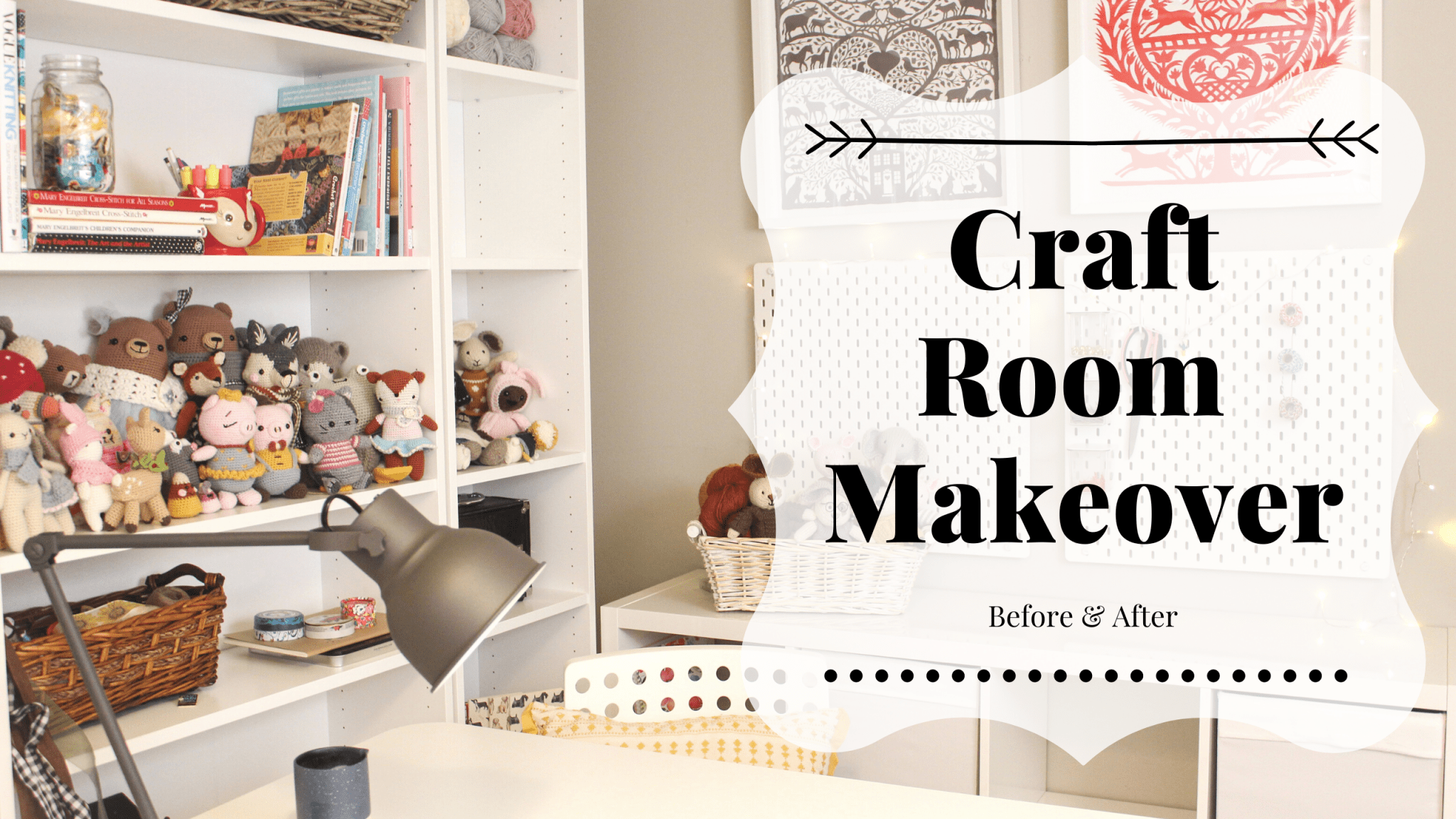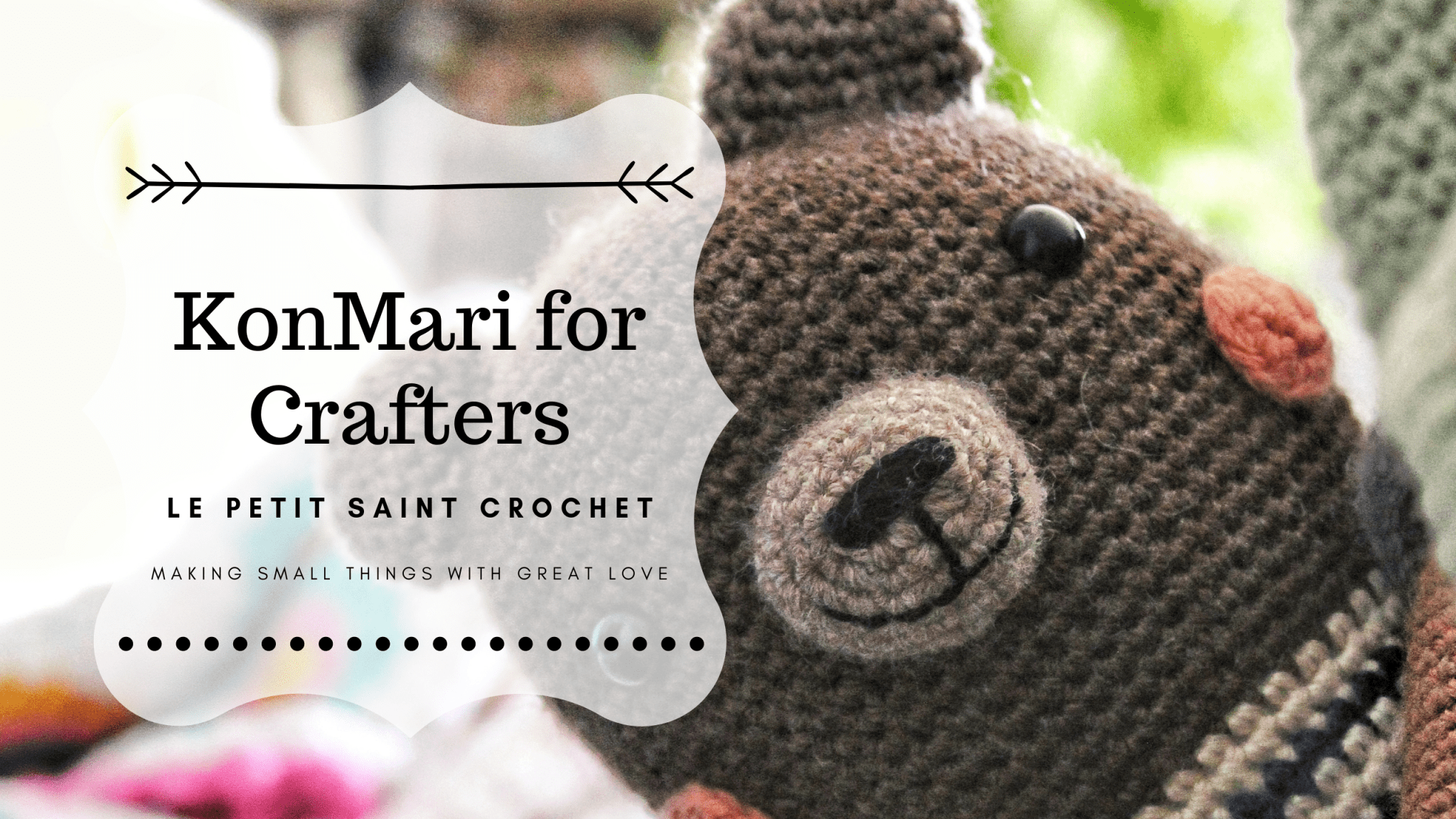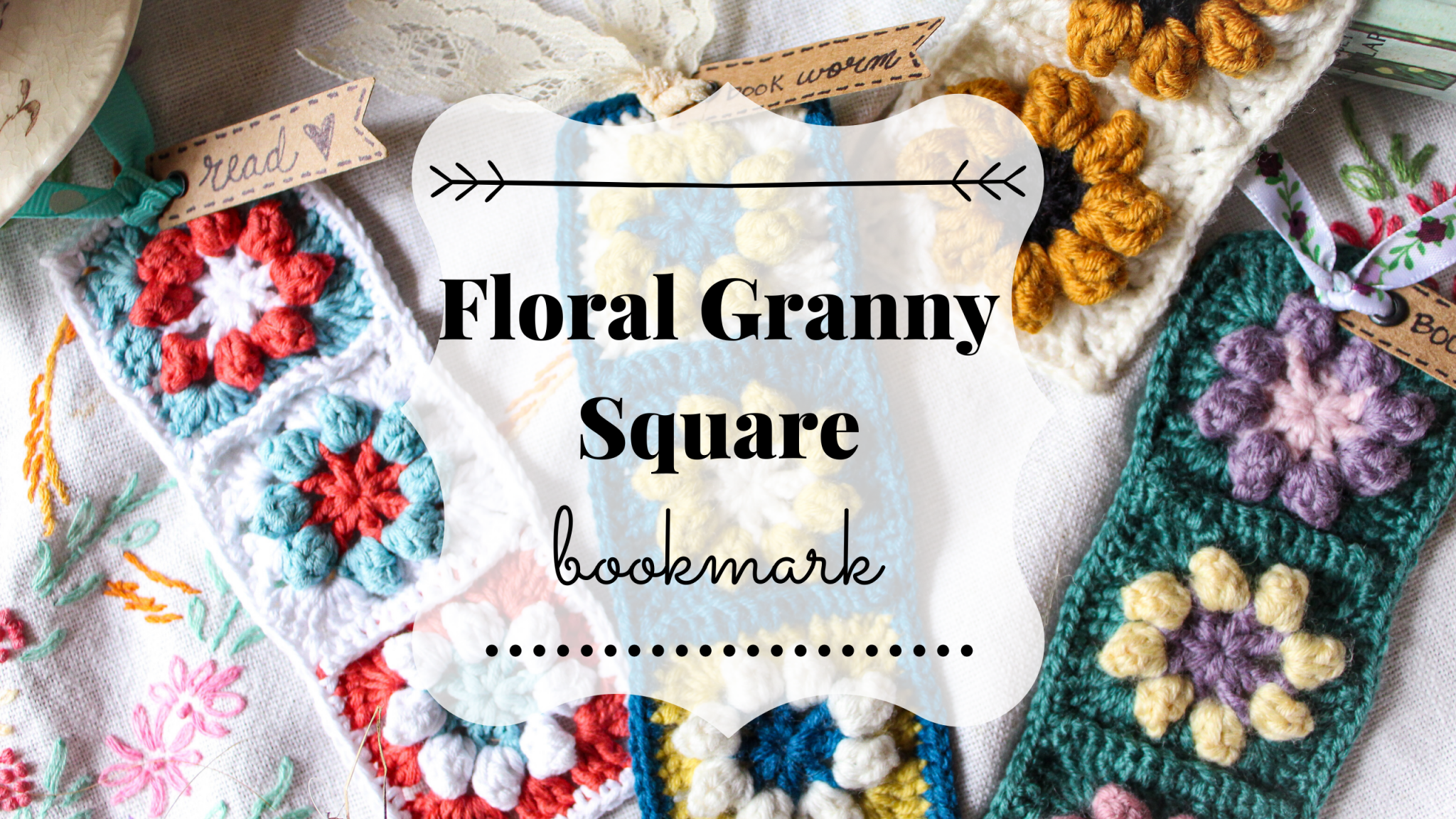10 Ways to Stop Pain from Crocheting and Knitting
Pain from crocheting and knitting is more common that I ever knew. Neglecting to address the problem doesn’t help, but I have actionable steps that will. From icing, to dry needling, to CBD oil, I’ve combined all the tricks that have helped me heal from serious tendinitis into one post.
I tried ignoring the pain for months. Pretending it wasn’t a big deal and wishing it would go away weren’t working for me anymore. When I finally walked through the door to my orthopedic doctor’s office I was in constant pain. I was so afraid that he would tell me I needed to stop crocheting and knitting. Thankfully he didn’t and I’m going to share the strategies he gave me (and a few of my own) that helped me to heal.

AKA Tennis Elbow
My doctor diagnosed me with “tennis elbow” or tendinitis of the elbow. I would learn that it was caused by my non-stop crocheting sessions and exacerbated by my negligence. That day I received a rather painful cortisone shot in my elbow and was told to take it easy. The injection worked, but I didn’t listen to his additional advice.
Tennis elbow sounds like a benign little diagnosis, maybe even a little cute. It conjures up the image of old fashioned women from the 1920’s wearing headbands and skirts running around with their wooden tennis rackets. But tendonitis is anything but cute.
Tendinitis (also called tendonitis) is an inflammation or irritation of a tendon, a thick cord that attaches bone to muscle.
Web MD
Tendinitis can occur at many different joints and crocheters and knitters can experience it in their wrists, elbows or even their shoulders. It is a rather tenacious and persistent ailment but there are things you can do to help yourself heal.
These are the strategies that I used to help me and I continue to use them to this day in various combinations. Although my tendinitis is officially cured it can flare up from time to time if I ignore its symptoms.

1 – Get Medical Advice
I interrupt this blog post for a very important announcement…I know you already know this……..buuuuuuut, it needs to be stated. This is not medical advice. I’m only sharing my own experience. You need to consult medical professionals to receive a diagnosis to help your condition. Now back to regular programming.

2 – Take a Break
Rarely do you need to quit crocheting or knitting for good, but you do need to take breaks. Breaks help reduce inflammation. It gives your body the rest that it needs, which ultimately aids in healing, which is the whole point.
Short Breaks
Marathon crocheting and knitting sessions are a prescription for pain and injury. I’ve read that by taking breaks every ten minutes is helpful. If you need to set a little alarm on your phone to remind you, do it. This is a good technique if you aren’t already in pain, but is especially important if you are nursing an injury. Finally limit yourself to an hour or two a day of crocheting or knitting at the very most.
Long Breaks
Occasionally long breaks are necessary for healing. Your hands, wrists, shoulders, back or elbows need some down time. Taking off a few days or weeks isn’t going to be the end of the world, even though it may feel like it. At least that’s what I tell myself.

3 – Stretch
During your breaks, stretch. Stretch the muscles of your forearms, your shoulders, your back, fingers, etc. This should never ever hurt….I repeat, this should not cause any pain. I used to be an advocate for the no pain, no gain mantra but that philosophy is just plain dumb. Stretching is meant to relieve those super tight muscles.
This post contains affiliates links and at no cost to you I may earn a teeny tiny commission if you choose to purchase them. Please know that I only recommend products I use and love! Thank you for supporting Le Petit Saint Crochet!
4 – Brace Yourself
One of the recommendations I found online (and was confirmed by my doctor) was an elbow strap specifically made for those struggling with Tennis Elbow or as I like to call it, Crochet Elbow.
Elbow Brace, Tennis Elbow Brace with Compression Pad
The little compression pad actually helps reduce the strain on the affected tendon. It also just made my elbow feel better and I wore it not only while crocheting or knitting, but anytime I was using my arms, which was basically anytime I wasn’t sleeping.

5 – Use Ergonomic Tools
Similarly, switching to ergonomic crochet hooks was a game changer for me. While it didn’t eliminate my tendinitis it definitely helped how I gripped my hook, therefore reducing the stress. Reducing any type of strain helped my pain tremendously.
Furls Odyssey Purple Crochet Hook 6″ (3.50 mm (E))
6 – Support Yourself
This was a recommendation from my physical therapist. While sitting, support your arms in any way that feels comfortable. Use a table, pillows or folded up blankets to help support your arms and your project.
Above all, don’t forget your back. Tension in your upper, middle or lower back could be caused by not having the proper support while crocheting and knitting. If you’re sitting on a super squishy couch give your back some love and put a few supportive pillows behind you to reduce the strain.

7 – Physical Therapy
After getting a cortisone shot, I felt much better and began crocheting in earnest. Woohoo, no more pain. Sccccrrrrreeeeeeeccccchhh…. that’s the sound of tires coming to an abrupt stop. As a result, after a few short weeks, the pain was back and with a nasty vengeance.
I returned to my orthopedic doc and he then recommended physical therapy. Honestly I thought it was going to be a big waste of time. Boy am I glad I was wrong. Physical therapy was one of the best things I could have done.
Not only did my PT help me so much with the treatments and exercises, but by educating me about repetitive motion injuries.
Exercises
The exercises I was given to do at home were simple. Some were just wrist raises, which I demonstrate in the above video. Others were using a stretchy band attached to a door. They helped strengthen my tricep. Because I was still in a great deal of pain we didn’t focus too much on the exercises but I had them in my back pocket for when I got better.
Dry Needling
Dry needling is a treatment performed by skilled, trained physical therapists, certified in the procedure. A thin monofilament needle penetrates the skin and treats underlying muscular trigger points for the management of neuromusculoskeletal pain and movement impairments.
Mayo Clinic

Similar to Acupuncture
Dry needling is similar to acupuncture. Teeny tiny needles are placed inside the muscle to produce controlled inflammation. My physical therapist explained that not all inflammation is bad, it’s the body’s way to help heal injuries. But chronic inflammation is no bueno. Adding new blood flow to an injured area actually helps the healing process.
I’ll be honest that this was one of the most helpful things I did. It was uncomfortable but never painful. My muscles would quiver and contract, which my PT always said was a good sign that she had hit just the right spot. It took about eight treatments but the improvements made it all worth it.


8 – Topical Treatments
I found these additional three remedies to be surprisingly effective for pain from crocheting and knitting. I cannot underestimate the importance of icing. Along with rest, I think it is the best thing I did to aid in my healing.
Icing
Pain from crocheting and knitting can be drastically reduced just by following this simple step. Ice the affected area after crafting. I cannot believe how much this elementary step helped my pain and inflammation. I used a simple strap that easily wrapped around my elbow so that I didn’t have to hold it in place. Simple and easy.
Pain Relief Flexible Ice Pack for Injuries by TheraPAQ
I like the above strap because you can use it for cold or hot therapy.
Heat
Sometimes a warm shower or heating pad was just what my achy and sore elbow needed. I also used a product called BioFreeze, which is similar to Icy Hot. The heat helped relax the tight, knotted muscles above and below my elbow joint.
CBD Oil
My husband swears by this product and while I do believe it helped, I’m not sure it was any better than the BioFreeze. There is a lot of anecdotal evidence to suggest cannabis oil helps. I figured that it couldn’t hurt and used it for several months along with my other therapies.
HEMPACTIV Hemp Pain Relief Cream | Relieve Muscle, Joint & Arthritis Pain

9 – Recognize Additional Triggers
Once I was doing all of the above I was surprised that I was still experiencing pain. My physical therapist helped me to discover the additional daily activities that were harming my elbow joint.
- Cotton Yarn
- Holding my dog’s leash
- Carrying heavy groceries
- Typing on my phone
10 – Switch Up Your Crafting
If you are spending hours a day doing the same repetitive motions you are likely to experience some discomfort which could lead to an injury. Switch up your crafting to give those specific muscles and tendons a break.
While crocheting and knitting may seem very similar, they are quite different in the way they are done. To my surprise I found that knitting was much gentler on my joints than crocheting. Even to this day, I find that if I spend too much time crocheting the old pain returns.
Say Goodbye to Pain from Crocheting & Knitting
I imagine that if you have come to this blog post you are suffering in some way, shape or form. Pain from crocheting and knitting is something I was afraid I would always live with. Thankfully, employing these techniques have helped me stay well and prevented further damage. If symptoms are ignored for too long the only solution could mean surgery, which is something I want to avoid for obvious reasons.
My pain from crocheting and knitting wasn’t cured overnight and it did take months to finally heal. But the effort was worth the relief I felt both physically and mentally. I hope you have found some of these tips helpful and would love to hear any of your own tried and true methods for healing those achy muscles and joints.
Pin for Later!








Wow, what an incredibly helpful and informative post! I never thought of the pain that would come from constant crocheting. I have only ever made scarves, and there was no deadline or pressure, so I would always just stop if I had any discomfort. I would imagine taking breaks if you have a deadline to finish something would take some real will power! I bet this post will help lots of others!
It would never had occurred to me either, until I experienced it. Now I know that a lot of knitters and crocheters deal with this, but thankfully there’s help!
Such great information!y struggle is mostly in my hands, especially if I push crocheting for too long. I too noticed when I started knitting that it felt easier on my hands but I still need to remember to take breaks which I’m not always good at.
It’s interesting to me that knitting seems a bit easier than crocheting amigurumi. I think crocheted ami is just hard on the old joints! So breaks are necessary but soooo hard to make myself do!
This is so helpful. I struggle with chronic tendinitis in my elbow. Thank you!
I can totally relate! It is so frustrating at times. I now have bursitis in my shoulder and I’m trying to implement the same tactics to help relieve the discomfort. Hope these tips help you!
Great post. My mother-in law swears cortisone shots helped her elbow problem. Taking breaks is not always easy for workaholics. I’m glad you listened to your body.
I’m so glad your mother-in-law found relief! It’s not easy to put work down, especially when it’s so darn fun!
Your blog was extremely helpful! Thank you for sharing your tips. I know I sometimes get on a roll and crochet nonstop for hours and then my wrists start clicking, my fingers ache, and my left tricep hurts. So I see the importance of taking breaks and getting medical advice instead of just living with the pain. Thanks again!
I’m so very glad you found it helpful! Taking breaks really is essential even if you don’t think you need it!
Great tips, Elise! Thank you for sharing your experience. I just love to look at all your work—so beautiful!
Thanks so much, Amy!
Helpful tips! It can be so hard to slow down and take breaks when we need to. PS Love your work!!
Thanks so much, Liz! It is so hard to take breaks when you love what you do!!!
so much helpful information here, thank you for sharing!!
Thanks so much, Stephanie!
Great and informative post! I would also add the use of “therapy balls” to it – they are really helpful with any type of overuse or misuse of body tissues 😌.
Oh interesting! Are those the big ones or the small ones you roll on?
Thank you for all your tips.
I am an older woman with arthritis to begin with and I love to crochet! I learned at age 9 from a friend’s mother, it was one of the best skills I have ever learned. I was able to make beautiful baby sweater sets and blankets and toys for my children, Now I have a problem with my neck if I crochet for too long. I am going to try to prop up my work on pillows so I am not looking down on my work for too long.
I have been working for almost a year on a poncho for my little niece. She is only 7 in April. I am hoping I get it done by the time she graduates from High School! Lol😂. It is so frustrating but very essential to take a break as soon as you start to feel discomfort! Hopefully I won’t die before it is done or she will have to finish it herself! I better hurry up and teach her how to crochet 😋
Aunt ZuZu
That’s amazing that you’ve been a crocheter for so long! It’s such a wonderful hobby! I’ve learned in my short time that I have to take breaks otherwise I end up with soreness or worse, tendinitis. I hope you finish that poncho soon!! 💗💗💗
So I’m wondering…. does it matter what type of yarn is easier on my shoulder… acrylic, or cotton. I have only crocheted in #4 weight, and just bought cotton #3 weight… does anyone know if I’ll feel the difference??
I found cotton to be very hard to use because of my tendinitis. Cotton is a naturally less stretchy yarn so acrylics and wools are better if you’re experiencing pain. Hope that helps!
Thank you for this article! I first experienced some discomfort when using a double strand of acrylic for a rather tight stitch. In my haste to get the project done for the holidays, I crocheted every possible moment, exacerbating the issue. I am just now getting some relief with rest, stretching, and heat.
So sorry to hear you’re dealing with pain. I have done the exact same thing and have paid for it! I hope these tips help! 🧶
Thank you ðŸ™ðŸ¾ for all this great information my granddaughter who is medical student sent me your information. I have tried some of the things but not consistent. I will start. Thank you
I’m so glad you found it helpful! And how wonderful that your granddaughter is looking out for you!